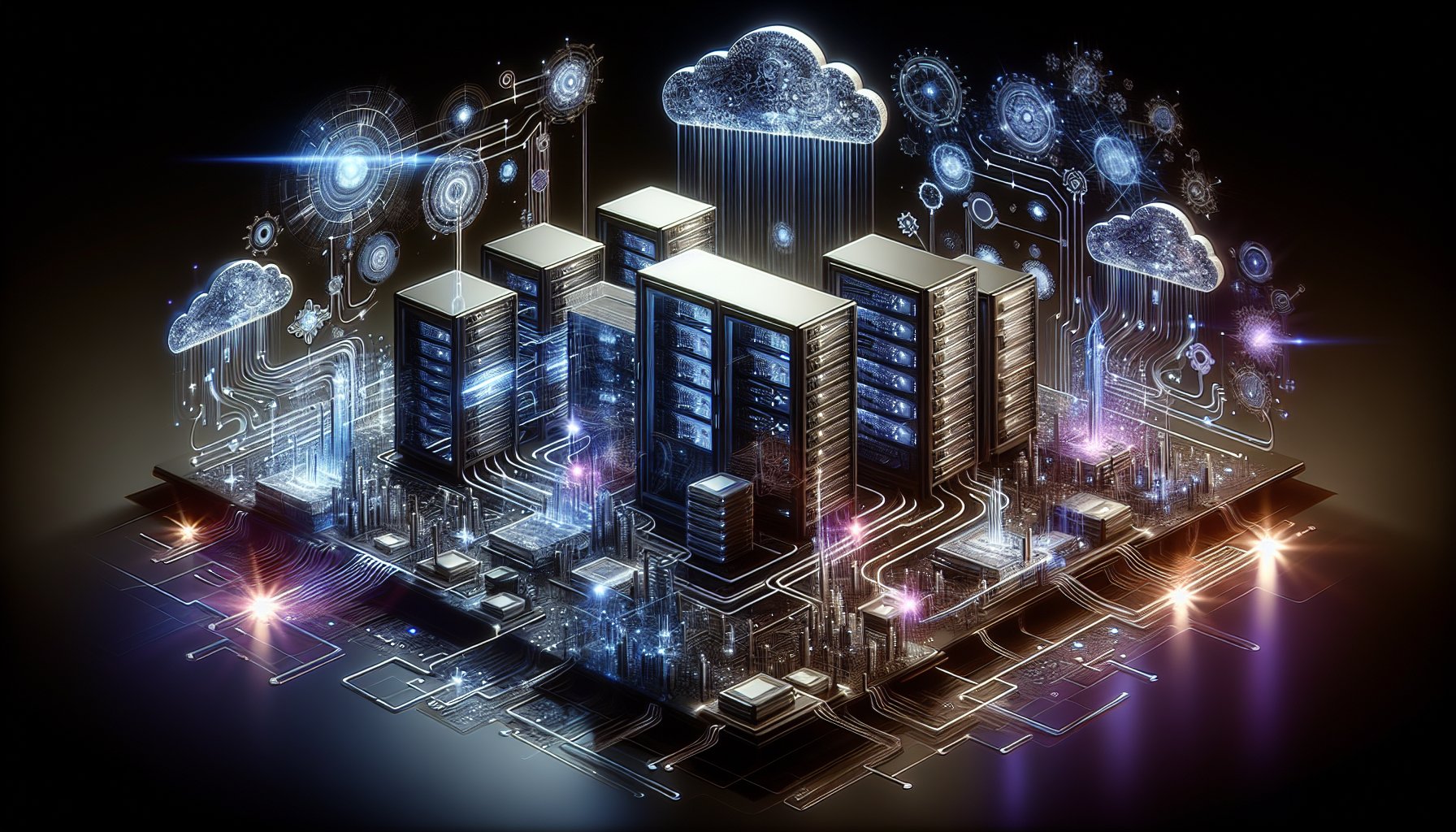Introduction
As digital transformation becomes the linchpin of business success, the role of DevOps has never been more pivotal. This blog post delves into the most advanced DevOps practices in 2025, helping your business stay at the forefront of the technology curve.
Continuous Integration and Continuous Deployment (CI/CD)
CI/CD pipelines have emerged as the backbone of modern DevOps, enabling businesses to deploy code changes more frequently and reliably. With the advent of AI-driven CI/CD pipelines, fault detection and resolution have become faster, paving the way for resilient software delivery.
How AI is Revolutionizing CI/CD
AI-powered tools like Argo and Jenkins X are automating the orchestration of containerized applications, facilitating seamless integration and deployment. These tools leverage AI to predict and prevent potential deployment failures, reducing downtime and enhancing user experience.
Infrastructure as Code (IaC)
IaC has transformed the way IT infrastructure is managed and provisioned, replacing manual processes with automated scripts. Using IaC tools like Terraform and Pulumi, businesses can manage their infrastructure in a version-controlled and auditable manner.
Edge Computing and IaC
As edge computing gains momentum, managing distributed infrastructure becomes a challenge. IaC has emerged as a solution, allowing developers to manage edge nodes as they would any other codebase, ensuring consistency and scalability.
Microservices Architecture
The shift from monolithic to microservices architecture has allowed for greater modularity and scalability in applications. Docker and Kubernetes have emerged as the leading platforms for containerization and orchestration of microservices, ensuring seamless integration and deployment.
Docker and Kubernetes: The Dynamic Duo
Docker allows for the packaging of applications into containers, ensuring consistent operation across different computing environments. On the other hand, Kubernetes handles the deployment and scaling of these containers, ensuring high availability and fault tolerance.
Conclusion
The world of DevOps is constantly evolving, and staying ahead involves keeping abreast with the latest trends and technologies. From AI-enhanced CI/CD pipelines to IaC managing edge computing nodes, DevOps in 2025 is all about automation, scalability, and resilience. Embrace these cutting-edge practices to future-proof your operations and drive business innovation.
KEY TAKEAWAYS: - AI-powered CI/CD pipelines are the future of resilient software delivery. - Infrastructure as Code (IaC) is essential for managing distributed edge computing nodes. - Docker and Kubernetes are crucial for successful implementation of microservices architecture. - Staying updated with the latest DevOps practices is key to maintaining a competitive edge. - Embrace the future now to drive business innovation and success.